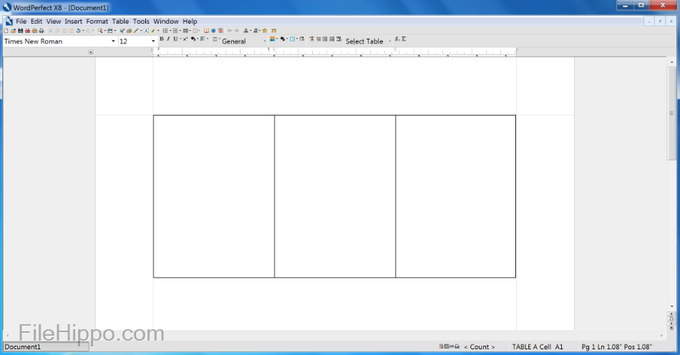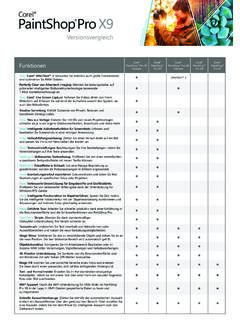

- #Corel wordperfect x7 review pro
- #Corel wordperfect x7 review software
- #Corel wordperfect x7 review Pc
- #Corel wordperfect x7 review professional
All versions of WordPerfect up to 5.0 were written in x86, and C was only adopted with WP 5.1, when it became necessary to convert it to non-IBM compatible computers. The developers had hoped to program WordPerfect in C, but at this early stage, there were no C compilers available for the IBM PC, and they had to program it in x86 assembly language.

Over the next several months, three more minor releases arrived, mainly to correct bugs. It was sold as WordPerfect 2.20, continuing the version numbering from the Data General program.
#Corel wordperfect x7 review Pc
The first version of WordPerfect for the IBM PC was released the day after Thanksgiving in 1982. WordPerfect 1.0 represented a significant departure from the previous Wang standard for word processing.
#Corel wordperfect x7 review software
They then founded Satellite Software International, Inc., to market the program to other Data General users. Bastian and Ashton retained ownership of the software that they created. In 1979, Brigham Young University graduate student Bruce Bastian and computer science professor Alan Ashton created word processing software for a Data General minicomputer system owned by the city of Orem, Utah.

#Corel wordperfect x7 review professional

2.6 Application integration and middleware.1.4 WordPerfect Library/Office utilities.wp4, and originally, no extension at all. Older versions of WordPerfect also used file extensions. The common filename extension of WordPerfect document files is.
#Corel wordperfect x7 review pro
Corel has made regular releases to the product since then, often in the form of office suites under the WordPerfect name that include the Quattro Pro spreadsheet, the Presentations slides formatter, and other applications. WordPerfect Corporation was sold to Novell in 1994, which then sold the product to Corel in 1996. Word rapidly took over the market, helped by aggressive bundling deals that ultimately produced Microsoft Office, and WordPerfect was no longer a popular standard by the mid-1990s. Its dominant position ended after a failed release for Microsoft Windows, followed by a long delay before introducing an improved version, as Microsoft Word was introduced at the same time. Its early popularity was based partly on its availability for a wide variety of computers and operating systems, and also partly because of extensive, no-cost support, with "hold jockeys" entertaining users while waiting on the phone. It rapidly displaced most other systems, especially after the 4.2 release in 1986, and it became the standard in the DOS market by version 5.1 in 1989. WordPerfect gained praise for its "look of sparseness" and clean display. Satellite Software International changed its name to WordPerfect Corporation in 1985. The application's feature list was considerably more advanced than its main competition WordStar, an established program based on the operating system CP/M that failed to transition successfully onto MS-DOS, which replaced CP/M. It then moved to the MS-DOS operating system in 1982, by which time the name WordPerfect was in use, and several greatly updated versions quickly followed. The authors retained the rights to the program, forming the Utah-based Satellite Software International (SSI) in 1979 to sell it the program first came to market under the name SSI*WP in March 1980. It was originally developed under contract at Brigham Young University for use on a Data General minicomputer in the late 1970s. At the height of its popularity in the 1980s and early 1990s, it was the dominant player in the word processor market, displacing the prior market leader WordStar. WordPerfect ( WP) is a word processing application, now owned by Corel, with a long history on multiple personal computer platforms.


 0 kommentar(er)
0 kommentar(er)
